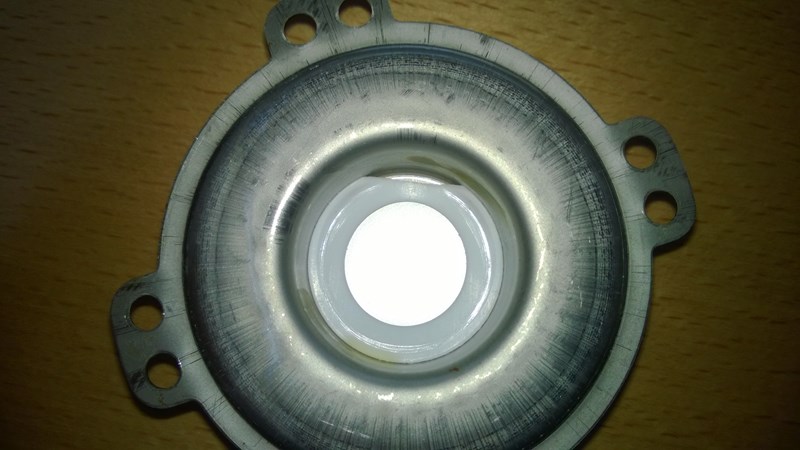Thank you, Walter.
This is interesting ... in my original 809 enclosure, I put a glass spirit thermometer next to the motor body and I was reading temperatures around 75C(167F)-80C(176F) when I was recirculating hot wort without any thermal shutoff. Perhaps I was not measuring the motor surface temperature properly.
In any case, I didn't like the fact the 809 motor seemed to be getting that hot so decided to not use the pump much until I've done something like a new, more open enclosure.
Do you know if there are 809 models both with and without sleeve bearings? Mine does but I can imagine brewers on our forum may have 809 pumps of varying ages so that some might not have sleeve bearing - in which case, can they rrun their 809s in a similar manner until thermal cutoff?
Anyways, thanks again Walter.
Cheers,
Tom.
WalterAtMarchPump said:
According to our motor vendor the motors have an internal thermal overload of around 205* internal temp....that usually translates to about 150*F on the surface of the motor....they say as long as the motor is not tripping the thermal overload when operating, you can run it hot like that as long as you like. They do recommend oiling the sleeve bearing (if you have that version) twice a year if its run like that....just an fyi...






















![Craft A Brew - Safale BE-256 Yeast - Fermentis - Belgian Ale Dry Yeast - For Belgian & Strong Ales - Ingredients for Home Brewing - Beer Making Supplies - [3 Pack]](https://m.media-amazon.com/images/I/51bcKEwQmWL._SL500_.jpg)





























